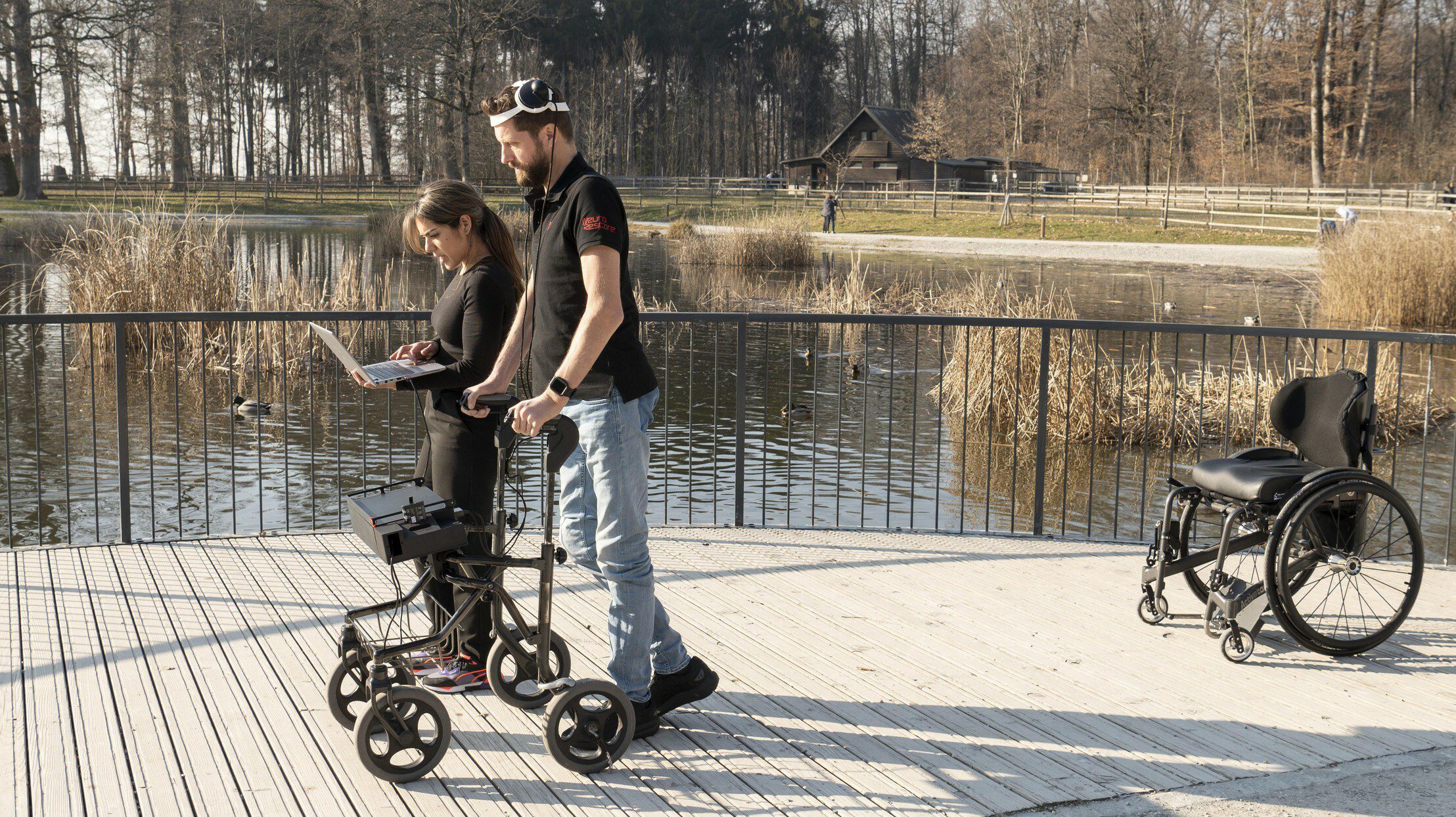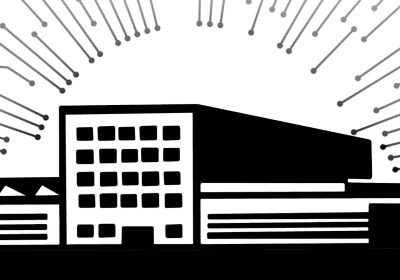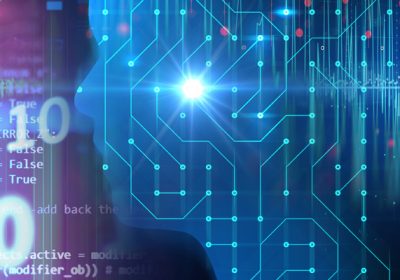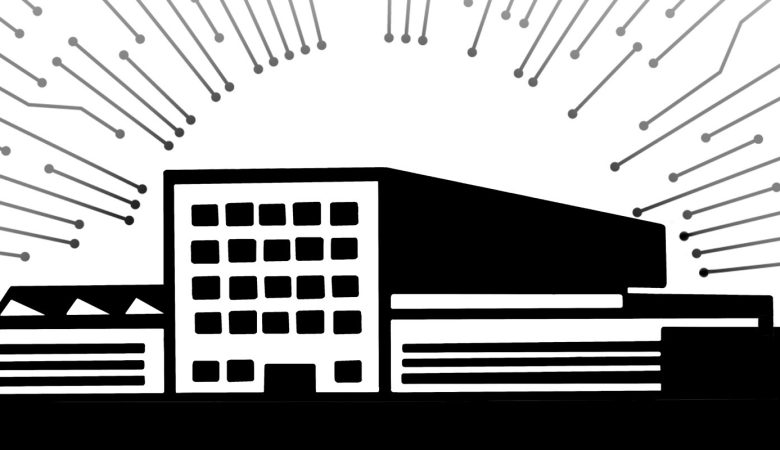
A Dutch man with a spinal cord injury can walk independently for the first time in twelve years thanks to a brain-spine interface, implants in the brain and spinal cord that control the legs. He is the first to try this system.
Two implants were placed on the brain and one on the spinal cord of the paralyzed man, Gert-Jan Oskam. The implants communicate with each other wirelessly through an external computer in a backpack that Oskam carries with him. The technology of this system is able to pick up electrocorticographic signals from the somatosensory cortex and can thus predict which movements the patient wants to perform. The system then delivers electrical stimulation through the spinal cord to the nerves that need to move. Oskam’s thoughts are thus translated into commands that are sent to the spinal cord.
The brain-spine interface was devised by a team of French and Swiss neuroscientists in collaboration with the Dutch meditech company Unward. According to the study, published Wednesday in Nature, natural motion is possible, unlike robotic exoskeletons, where the movements are often jerky. Within a few sessions there was already a working system, the researchers claim against the NOS. Oskam is now able to walk independently with relative ease, albeit with a walker or crutches.
Initially, only an implant was placed in Oskam’s spinal cord with sensors on his feet, writes Het Parool. When he tried to move forward, an electrical current was sent to the spinal cord. It was already possible to get him to walk with a walker, but because he first had to make a movement himself, his freedom of movement was very limited. So now he only has to think about walking, instead of physically performing a movement.
Because Oskam has a partial spinal cord injury and was therefore already able to move a little, this system ensured also made sure that his remaining nerve connections were strengthened. Over time, Oskam was able to walk short distances without the BSI system. However, the researchers hope that patients with complete spinal cord injury can also benefit from this system. It is also the intention that people with a stroke or brain damage can use the technique in the future.











